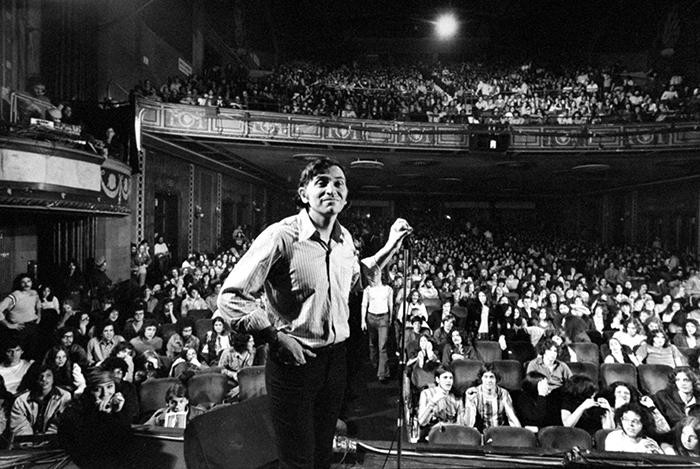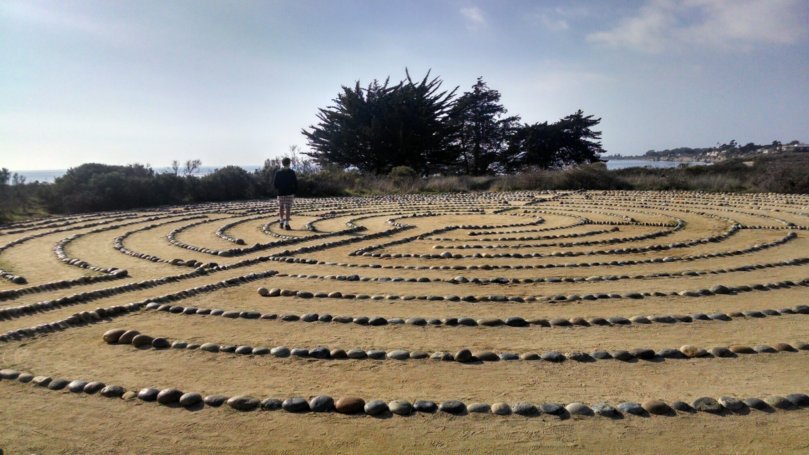Ashes and Bullets – The New Yorker.
Long after we have (hopefully) forgotten who Christopher Dorner was, I hope we are remembering this Susan Straight story that was inspired by Dorner’s bloody demise and the bloodier acts that preceded it.
Straight writes with unearthly cadence of a day to day world haunted by guns and ghosts. Her cri de cour is not an anti-gun screed. She rejects that temptation to dive into something more elemental: the effect that the proximity of an instrument of death has on our psyches; the changes that such a presence wreaks on us over time; and how those changes drive us into different directions.
Can a man of peace living in a place of strife rise above death while living in an armory? Does the mere presence, visibility, and accessibility of armaments fundamentally alter us? Or are we making more of this than we should? This is the quiet challenge Susan Straight throws at us.
I am neither an advocate for gun control nor a member of the National Rifle Association. I support the Second Amendment as a tripwire for tyrants, yet I am troubled by the havoc wrought by guns. A lifetime of cogitation suggests only that there are no simple solutions, but this does not mean we should stop probing for answers, and Susan Straight nudges us in this direction without preaching, without grandstanding, without vilifying. We could use less political grandstanding on this and the other issues that vex us, and a lot more of her brand of subtle genius.



